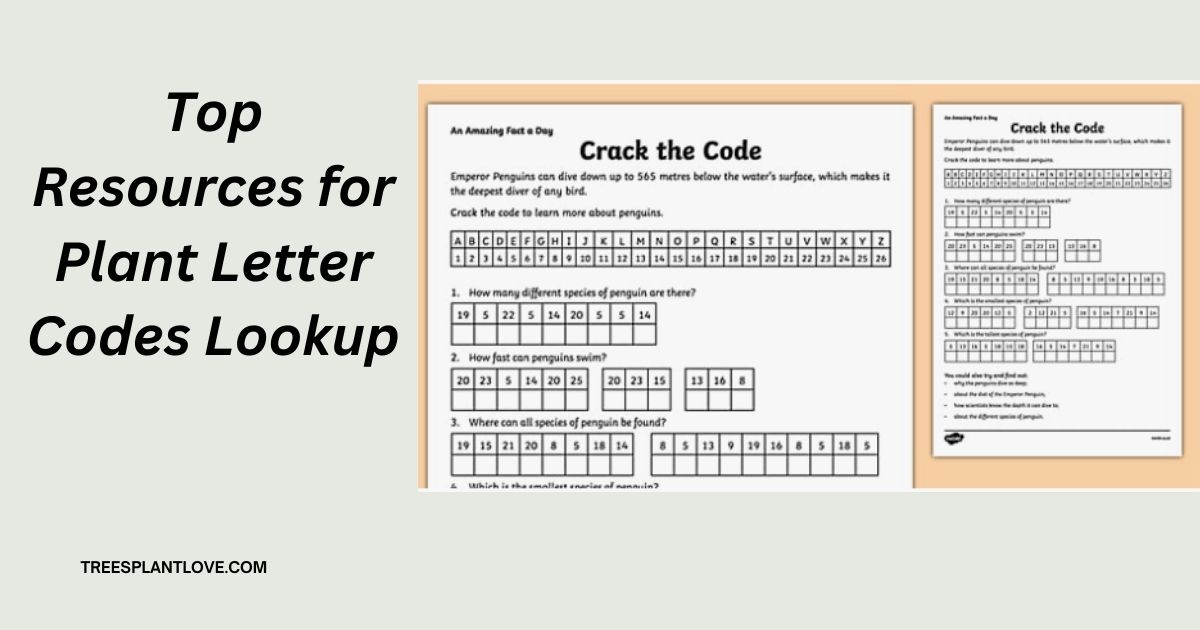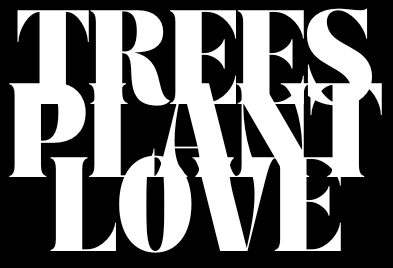
Top Resources for Plant Letter Codes Lookup: Your Complete Guide
Top Resources for Plant Letter Codes Lookup: In the world of botany, horticulture, and agriculture, plant identification is a fundamental task. One of the key methods of organizing plant species is by using plant letter codes. These codes provide an efficient and standardized way to catalog plants, making it easier for researchers, gardeners, and professionals to communicate.
If you’re looking to dive into the world of plant identification or you simply need to decipher plant letter codes, it’s essential to know what resources are available for a reliable lookup. This article explores the various tools and platforms you can use for plant letter codes lookup.
Online Plant Databases
One of the most convenient resources for plant letter codes lookup is online plant databases. These databases provide a comprehensive collection of plant species, including their scientific names, common names, and any associated codes or abbreviations. A few prominent databases include:
- The Plant List: This is a collaborative online database providing information on plant species names and their synonyms. While it doesn’t always directly list “letter codes,” you can often find botanical abbreviations and related metadata that may help in decoding plant identification.
- USDA PLANTS Database: The United States Department of Agriculture (USDA) offers a vast database of plants in the U.S., including their botanical names and code systems. This resource is particularly useful for identifying plants native to North America, as it often includes plant codes that can help in understanding certain classification systems.
- Royal Horticultural Society (RHS): The RHS provides access to plant information and includes a variety of classification systems, including codes related to different types of plants. This can be especially beneficial for gardeners and horticulturalists who need to know more about plant varieties.
Botanical Gardens and Research Institutions
Botanical gardens and research institutions are excellent sources for plant letter codes. These organizations often maintain comprehensive plant inventories and use letter codes to simplify plant categorization. Many botanical gardens have online resources and archives that can help you search for specific plants and their codes. Some of these include:
- Missouri Botanical Garden: The Missouri Botanical Garden is home to a large collection of plant species, with a searchable database that includes codes, names, and other identifying features of plants. Their plant finder tool helps you locate specific plants using scientific names and often provides corresponding letter codes.
- Kew Gardens: The Royal Botanic Gardens in Kew, London, maintains one of the most prestigious collections of plant species. Through their website, you can search for plants and their classifications, often encountering letter codes or abbreviations used in their scientific records.
Botanical Codebooks and Field Guides
For those who prefer offline resources, botanical codebooks and field guides are an excellent option. These books offer detailed explanations of plant identification methods, including letter codes and other abbreviations used in plant classification. Some notable publications include:
- International Code of Nomenclature for Algae, Fungi, and Plants (ICNafp): This is the formal and standardized codebook for naming plant species worldwide. While it does not focus on “letter codes” per se, it is an essential reference for understanding how plants are named and classified in a scientific context.
- Plant Identification Field Guides: Many comprehensive plant identification guides, like those by Peterson or National Audubon Society, provide valuable information on plant species and their related abbreviations. These guides may sometimes include letter codes, especially when discussing plant families or species within specific regions.
Mobile Apps for Plant Identification
In today’s digital age, mobile apps have become indispensable tools for plant enthusiasts and professionals alike. Many apps allow you to search for plants by name, appearance, or characteristics and often include plant letter codes in their descriptions. Popular plant identification apps include:
- PlantSnap: This app lets you take a photo of a plant and receive instant identification. It sometimes includes botanical codes and relevant information that could help in understanding the specific classification or categorization of plants.
- PlantNet: Another great app for plant identification, PlantNet allows users to upload images of plants for accurate identification. This app often references letter codes and other classification systems in its results.
- iNaturalist: iNaturalist is a social network for naturalists, which helps users identify plants and animals in real time. The app often provides detailed taxonomic information, including plant codes when available.
University and Academic Resources
Academic institutions often offer resources for plant identification and classification, including access to plant letter codes. These resources can be found through university extension programs, online libraries, or academic journals. Some universities have botanical collections that are searchable online and include detailed plant classifications with codes.
- Harvard University Herbaria: As one of the leading botanical research centers, Harvard’s herbarium collection is a valuable resource for learning about plant species and their codes. Their digital archive allows researchers to search for plant specimens, many of which are associated with letter codes for cataloging purposes.
- University of California Agriculture and Natural Resources: This platform offers access to a range of resources, including plant guides and educational material about plant identification, which sometimes incorporates letter codes in its databases.
Community Forums and Social Media Groups
For informal, yet valuable, information on plant letter codes, community forums and social media groups are often helpful. Online forums such as Reddit’s r/plantid or Facebook gardening groups often include plant enthusiasts who share tips on using plant letter codes and help identify plants based on their unique characteristics. While these resources may not always provide formal code lookups, they can be a great source of practical, real-world advice.
Plant Code Dictionaries and Glossaries
Finally, specific dictionaries and glossaries dedicated to plant nomenclature often provide an in-depth explanation of plant letter codes. These resources focus entirely on the terminology, abbreviations, and scientific classifications used in botany. Some of these include:
- Dictionary of Plant Names: This resource, often published by botanical societies, provides definitions of plant names, their abbreviations, and often their associated letter codes.
- Botanical Glossaries: Many universities or botanical societies publish glossaries that contain comprehensive lists of codes, including letter-based codes for plant identification and categorization.
Conclusion
When it comes to plant letter codes lookup, a variety of resources are available, each catering to different needs and preferences. Whether you prefer online databases, mobile apps, academic references, or community-driven platforms, the tools at your disposal will help you understand and interpret the complex systems used to classify plants. By leveraging these resources, you can enhance your plant identification skills and navigate the world of botany more efficiently.

Leave a Reply